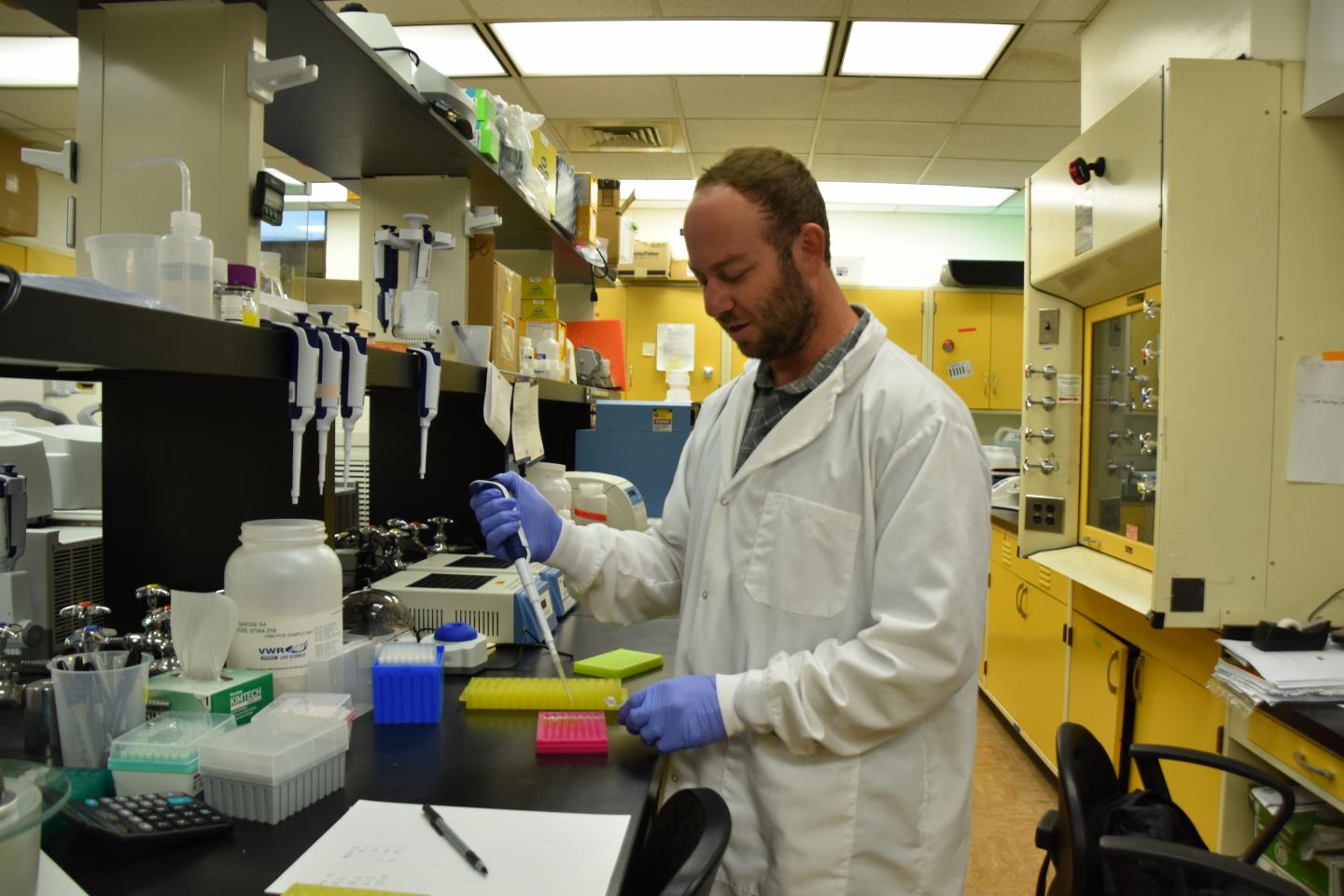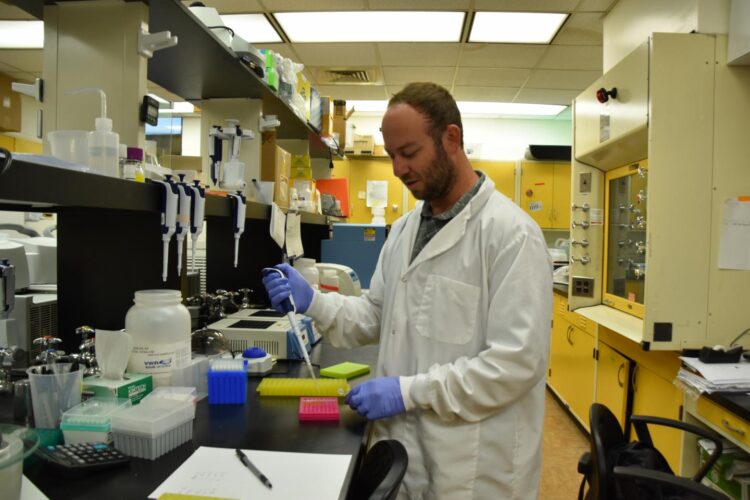
Credit: Courtesy of Philip Lavretsky.
EL PASO, Texas – A team of researchers from multiple institutions led by Philip Lavretsky, Ph.D., assistant professor in The University of Texas at El Paso’s Department of Biological Sciences, was awarded nearly $1 million in funding from the National Science Foundation (NSF) to advance ongoing research to understand the adaptive impacts of hybridization between wild and domesticated animal populations.
Lavretsky is the principal investigator for the research project titled “Genomic and Morphological Consequences of Landscape-Level Hybridization between Wild and Domesticated Congeners.” The project is a collaboration of researchers from UTEP, the State University of New York College of Environmental Science and Forestry (ESF), Mississippi State University, the Smithsonian’s National Museum of Natural History, the Smithsonian’s National Zoo laboratories, the Forbes Biological Station in Illinois, and the California Waterfowl Association.
For this study, researchers will use the mallard duck as the non-model organism. The mallard is well known and is considered an extremely important game species sought by hunters in Eurasia and North America. It is also the source for almost all domestic breeds of ducks that are important for agricultural reasons in those areas.
“The results from our research will shed light into the consequences of interbreeding between wild individuals and their domesticated versions,” Lavretsky said. “In short, many traits that are great in a domestic setting are simply non-adaptive in the wild. Through the proposed work, we will be answering the question ‘What are the genetic and adaptive consequences from such events?’ Not only are the results important to understand the impact from the interbreeding between wild and domestic creatures, but also will help better guide the conservation of the wild population.”
The researchers will look at the full genomes of wild, domestic, and their hybrid individuals in today’s populations and use state-of-the-art ancient DNA techniques on museum species of mallard ducks sampled throughout the last century to pinpoint the approximate time that a genetic shift began to occur. Additionally, co-PI Michael Schummer, Ph.D., of SUNY College ESF, and senior personnel Brian Davis, Ph.D., of Mississippi State University will lead efforts to look at feeding efficiency between domestic and wild populations by feeding wild and domestic mallards various natural foods.
The project will culminate with Smithsonian-based collaborators using a 3D scanner to document the size and shape of modern mallards’ bills compared with historic specimens. Together, the team seeks to gain a comprehensive insight into the impacts of interbreeding between domestic and wild individuals on the adaptive landscape of populations attempting to survive in the wild.
Lavretsky will be processing hundreds of samples in his Population and Evolutionary Genetics Lab at UTEP for full genome sequencing. While funding supports overall materials and logistics of the project, paid research opportunities will be available to several UTEP undergraduate students, a doctoral student and a postdoctoral fellow. Thus, the research not only will further understanding of the genetics from such interactions, but provide critical research experiences to UTEP students. Student researchers also will have the chance to work with live birds being held at the Forbes Biological Station in Illinois and Mississippi State University and spend a summer in Washington, D.C., working at the Smithsonian.
“I am very excited to start the work, as this is not only going to shed light into important genomic and adaptive processes, but will translate nicely to direct conservation strategies,” Lavretsky said.
The University of Texas at El Paso is one of the largest and most successful Hispanic-serving institutions in the country, with a student body that is over 80% Hispanic. It enrolls nearly 25,000 students in 166 bachelor’s, master’s and doctoral programs in 10 colleges and schools. With more than $100 million in total annual research expenditures, UTEP is ranked in the top 5% of research institutions nationally and fifth in Texas for federal research expenditures at public universities.
###
Media Contact
Victor H. Arreola
[email protected]
Original Source
http://www.





